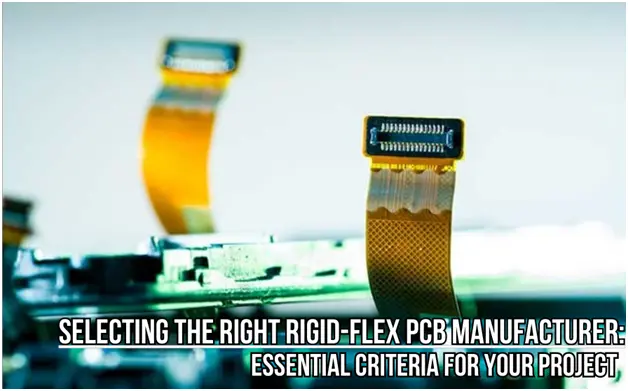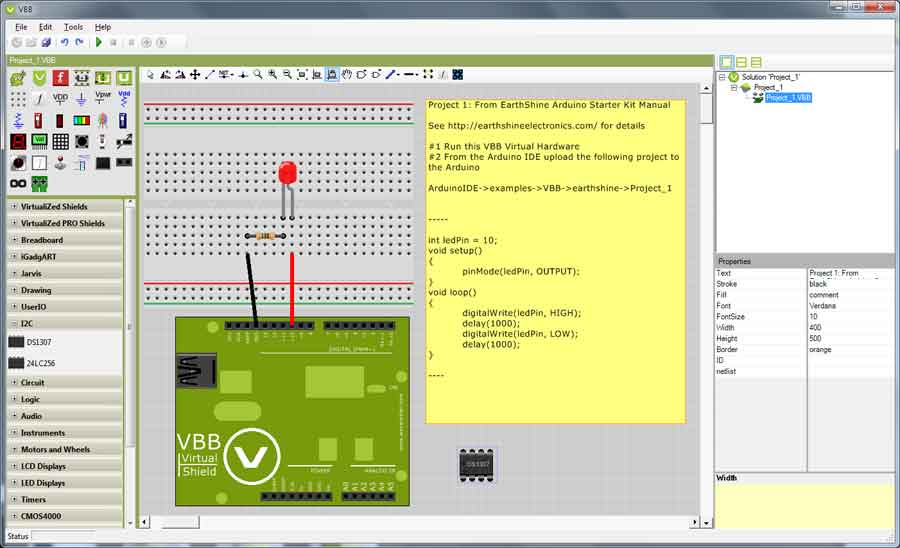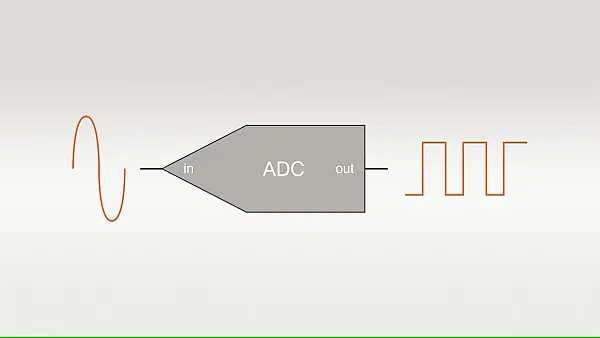Selecting the Right Rigid-Flex PCB Manufacturer: Essential Criteria for Your Project
Designing and conceptualizing an electrical project can be full of challenges, but what’s also quite challenging to handle is finding the right rigid flex PCB manufacturer that will handle your project to bring it to realization. That’s because only very professional rigid flex PCB manufacturers can produce high-quality rigid-flex circuit boards. Some manufacturers may promise […]










